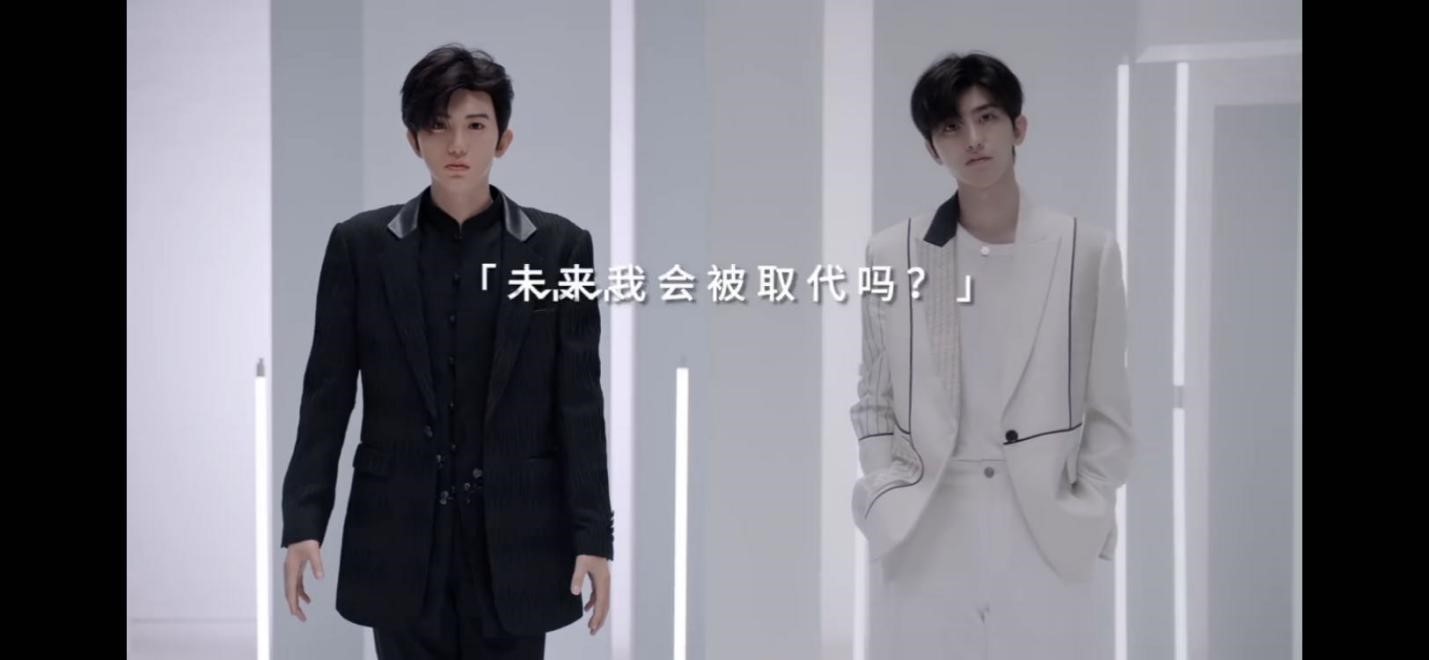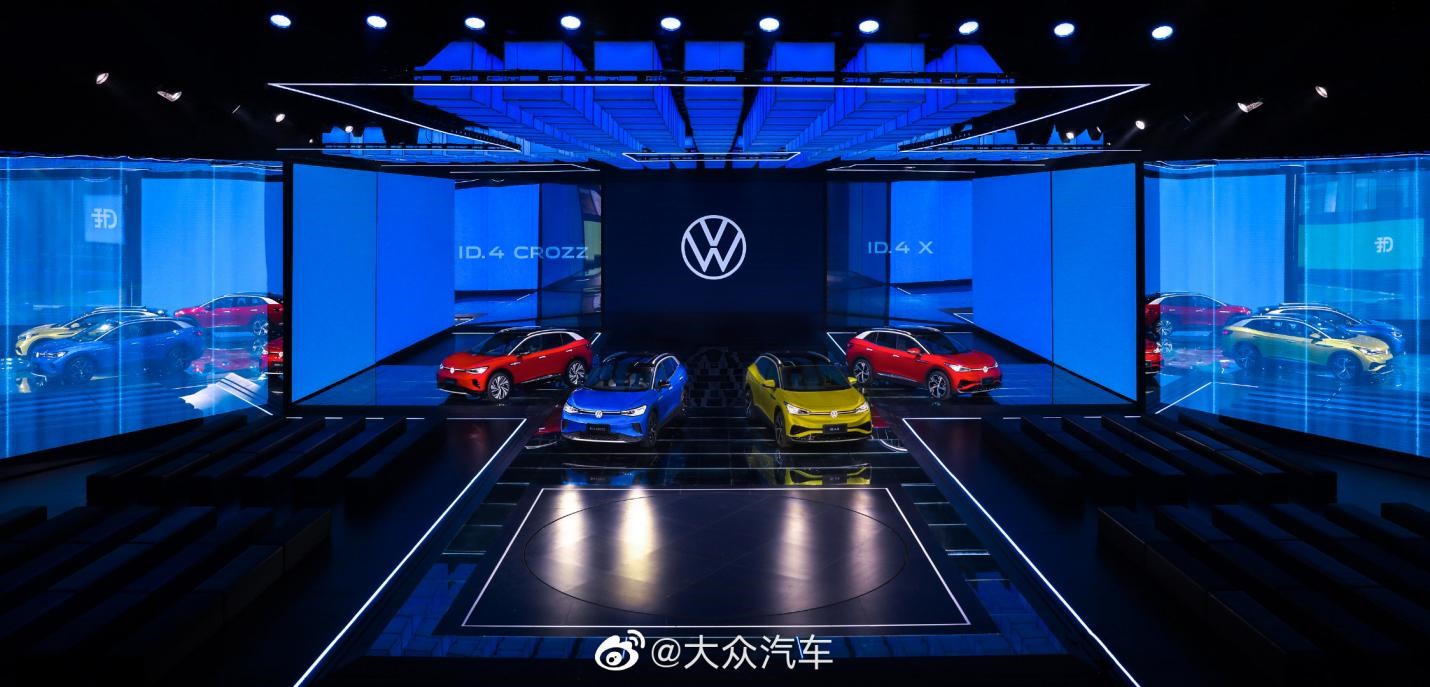Volkswagen’s popularity, reputation, and long-term leadership in China’s passenger car market was achieved with powerful first-mover advantages. Volkswagen’s Head of Brand Project House, Kuo-Hi Lee, speaks to WARC’s Jenny Chan for Marketer’s Toolkit 2021 about how the brand steered itself back on track in China after the fallout from the COVID-19 pandemic.
Robust passenger car sales in China have given Volkswagen a turbo boost and helped the brand navigate the fallout from COVID-19. What key marketing initiatives has the company launched since the pandemic began?
We are constantly launching new initiatives, especially during the second half of the year, which is very important for our brand. Our next biggest launch is our new generation of automobiles. Volkswagen (VW) is entering a new automotive era with the I.D. lineup. For the first time, the VW brand is launching a family of 100% all-electric vehicles which will hit the road from 2022 onwards.
We already started with a branding campaign in which we integrated our product with an augmented reality (AR) concert with musician Taiyi (太一). People can experience our I.D. car models virtually. And, of course, there is still more to come.

How would you describe your overall approach/philosophy when it comes to marketing in a time of volatility?
Takeaways
- Marketers are well-exposed to new technologies, experiences, and tools and should be integrating them into branding projects and brand storytelling, especially in China.
- Entertainment is something everyone desires online in China. Volkswagen combined entertainment marketing and serious prototype research through choices that Chinese viewers made in an interactive drama.
- China will move into ‘a new normal’ in 2021 with COVID-19 and smaller waves of uncertainty flaring up, but by then everyone will be well-equipped.
Marketing is a constant process of evolution and change. I started out in Germany over 20 years ago. Since then, everything I had learned at university about communication has changed, even more so with social media influencing people’s lives everywhere around the world, especially in China.
China is exciting to me. I arrived in Beijing for the first time in 2007 and left twice to return to Germany. I love continuous progress; that is why I was drawn back to China several times. I was lucky to have first-hand experience of how China transformed into the most digital and most innovative country today. Nowhere else do I see people being that open to new technology.
As marketers we are, therefore, well-exposed and should be integrating new technologies, experiences, or tools into our projects to make marketing communications exciting and different. It is basically a journey developing new ways of brand storytelling.

Kuo-Hi Lee, Head of Brand Project House, Volkswagen
How have the developments of 2020 – from lockdowns to changing driver habits in China – impacted your marketing operations and strategies?
I was especially impressed by how fast everyone and every business in China adjusted to the situation. Instead of falling into just ‘survival mode’, new services were created to avoid human contact.
Only when COVID-19 started to spread abroad, did I understand how differently the pandemic was managed here in China. People here were in agreement about the importance of non-human contact to prevent the virus from spreading; streets were empty and everyone stayed at home. China now looks very distinct compared to other markets who are still dealing with infections.
Our company responded very quickly to the situation with immediate measures set up to keep our people safe, whether in the factories, dealerships, or in offices. Remote working for many team members was enabled technically and quickly. I have to say I always felt very safe during the whole pandemic period, and even after going back to the office again. We even produced masks here in China to support Germany during their mask shortage there.
Marketing-wise, our first reaction was to stop any planned out-of-home advertising activities since no one was walking outside. Also, humorous communication was paused as it would have been misplaced in such a serious situation; anyway, people were seeking COVID-19 medical updates.
After the first few weeks of the pandemic, online content became important, shifting from entertainment to information. We, accordingly, shifted to online events and livestreaming formats. Moreover, it was at that time when we decided to follow through with our interactive and futuristic drama project titled ‘Tomorrow Calls’, which was then even more significant so as to fill the entertainment-marketing gap. We were facing a lot of restrictions when producing the drama during the peak phases of COVID-19 in China. But in the end, we made it happen despite all the challenges.
Tell us more about the ‘Tomorrow Calls’ interactive movie campaign on Mango TV. We were told that it is essentially a survey to gather preferences for the Chinese target audience so VW can develop a 2025 prototype uniquely for China based on real-life local input.
‘Tomorrow Calls’ is a project of Volkswagen China that prioritises eco-friendly, technological innovations that are ‘Made in China’ and, specifically, ‘Made for China’.

At the core of the project was a plan to build a vehicle prototype which focuses on in-car, human-machine interaction. It was important for us to integrate Chinese consumer insights into the development of the prototype. We thought deeply about a more innovative way than a regular research format which is usually limited in terms of the sample size of respondents.
Entertainment is something everyone desires online in China; that is why we saw the potential to create something beneficial for both the viewers and our brand. The interactive movie combines entertainment and research goals through the choices that Chinese viewers make. It helps us to understand what should be considered in the development of our 2025 prototype.
It is a new research format for us to test the waters, and it is exciting to see how many people participated.
What does the audience think of this innovation, and what kind of insights has VW gathered regarding what Chinese consumers value in an ‘automobile of the future’?
So far, we had more than 180 million viewers in total watching the interactive movie; the number showed that our content format attracted people. Through their interactions with the film, we gathered a lot of insights in terms of specific favourites ranging from in-car screens to AI preferences. As the next step, all these findings will be built into our prototype which we will present at the beginning of next year. Stay tuned.

To make this happen, what was the biggest change made to the marketing function this year?
The biggest change for us was to shift to a remote-working style. This meant switching to full-day digital workshops between several cross-functional teams, finding filming and production solutions within the stricter regulations during COVID-19, and developing relevant marketing content while apart.
Even though we all adapted fast to the situation and continued with it, one thing we realised that is very difficult to do digitally is creative brainstorming. This, we still prefer to do it physically with everyone in the same room.
Do you remember all the funny memes people produced during the COVID-19 lockdown period? I found it very interesting to see how different the content was from people within China and from people abroad. The majority of the funny user-generated content from China was short videos about what people did at home to beat boredom, either alone or remotely with friends. Those were very creative and entertaining. Meanwhile, what people abroad produced was mainly jokes about toilet paper and empty shelves in supermarkets.
That was also an 'aha' moment when I realised how important entertainment is in China, in any situation. That is why I felt that our interactive movie would become an interesting project.
How do you prioritise media selection? When spending on digital, what trade-offs do you make between the quantity of reach and its quality?
We already shifted to social media platforms and key opinion leader (KOL) strategies a while ago. Our media approach is based on our campaign objectives: we don’t want to simply reach people, but rather to build their engagement with our brand. This is mainly possible through relevant content online. Of course, reach is important, but it is not reliable enough as a single key performance indicator for us. For example, there are too many KOLs with zombie followers, and we continuously try to identify the less effective KOLs for our brand.
At the end of the day, the channel doesn’t matter as much as before, whether during or after COVID-19, because content always defined the quality of a media platform. If the content is relevant and entertaining, it is always linked to high user engagement and a quality rating will follow.
What is more interesting, however, is how to connect all the media platforms to create a holistic brand experience or integrate all the credible KOLs into our brand storytelling, beyond just being amplifiers and messengers.
The pandemic has accelerated the growth trajectories of walled gardens, with these digital-commerce destinations now in a position of dominance. How do you see the dynamics between VW and the BATS changing?
There is not a day that a Chinese consumer goes without using services from these platforms. They are even extended to mobility services nowadays.
Marketing is not possible without cooperation with these platforms. In addition, connected vehicles nowadays require integration of their services into the cars' software. This is necessary to make life for drivers more convenient and seamless.
Many international brands are already looking to China as a potential blueprint for how best to prepare for a post-pandemic situation. What sources are you relying on to inform your planning and agenda-setting for the year ahead?
Unfortunately, next year is still a year with uncertainty and everyone is concerned about another outbreak during the wintertime. There might also be new regulations put in place to prevent more waves of the virus spreading in China. Therefore, even though we have an unchanged brand strategy for China, our activity planning is affected. This means that we have to plan for different scenarios, which makes our planning more extensive than in previous years; we are now more prepared for any possible situation.
Currently, we are observing the developments worldwide and, as long as things are still not under control abroad, the pandemic will continue to impact international events in China. New event formats, like virtual motor shows, which were created in the wake of the COVID-19 pandemic this year, will continue as regular formats in 2021 due to scalability and costs.
These have actually been great, as they are bringing the world together, for example, the Boomerang project from CIAAD or PechaKucha-style presentations that address the UN’s Sustainable Development Goals.
What does 'effectiveness' mean to you? In 2021 and beyond, what will the modern marketing machine need in order to deliver effectively?
Effectiveness is especially important for brand marketing. Brand equity cannot be measured through sales numbers alone. Effectiveness is a combination of several measurements of media investment, creative content and the effect on the brand. We, therefore, created our own data-driven measurement system to track our brand activity and performance, as well as the impact on our brand image.
Speaking of data, how do you think the events of 2020 have changed the conversations and brand priorities around data leakages and user privacy?
For us in marketing, it is important that people who want to get in touch with our brand have the chance to do so – this usually involves leaving their personal contact information. Naturally, we will enable that in our marketing activities in 2021. However, Volkswagen strictly follows the laws and regulations governing consumer data and user privacy in China. We have an extensive process to ensure that all rules are followed when it comes to that.
From your vantage point in the industry, what are the economy-related opportunities next year?
With COVID-19 still not under control outside China and vaccines not yet available to everyone, travelling will still be restricted. Therefore, people will stay and spend inside China during the first half of 2021.
For us in the automotive industry, COVID-19 has caused people to reconsider personal vehicles as a safe choice of mobility and increase their intent to purchase a car. Our purely electric vehicle family I.D. for the masses has very different designs from our ICE models and might attract a new group of customers who are looking for sustainable mobility.

For most other industries, 2021 will be about recovery and a rethink of business models for growth again. People are looking for a brand that not only offers a product or service but that is acting responsibly and adds value to people’s lives.
What do you think will be the single biggest hurdle that marketers from all industries in China will need to grapple with in 2021?
‘Uncertainty’ was a word dominating 2020 when everything started with COVID-19 but we will move into ‘a new norm’ with COVID-19 being always around us. The world will still be connected and we will all get used to it. There might be smaller waves of uncertainty flaring up, but now everyone knows how to deal with it.

